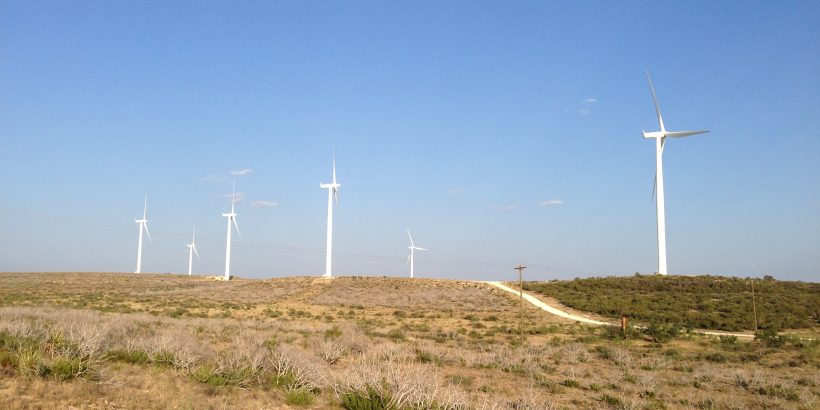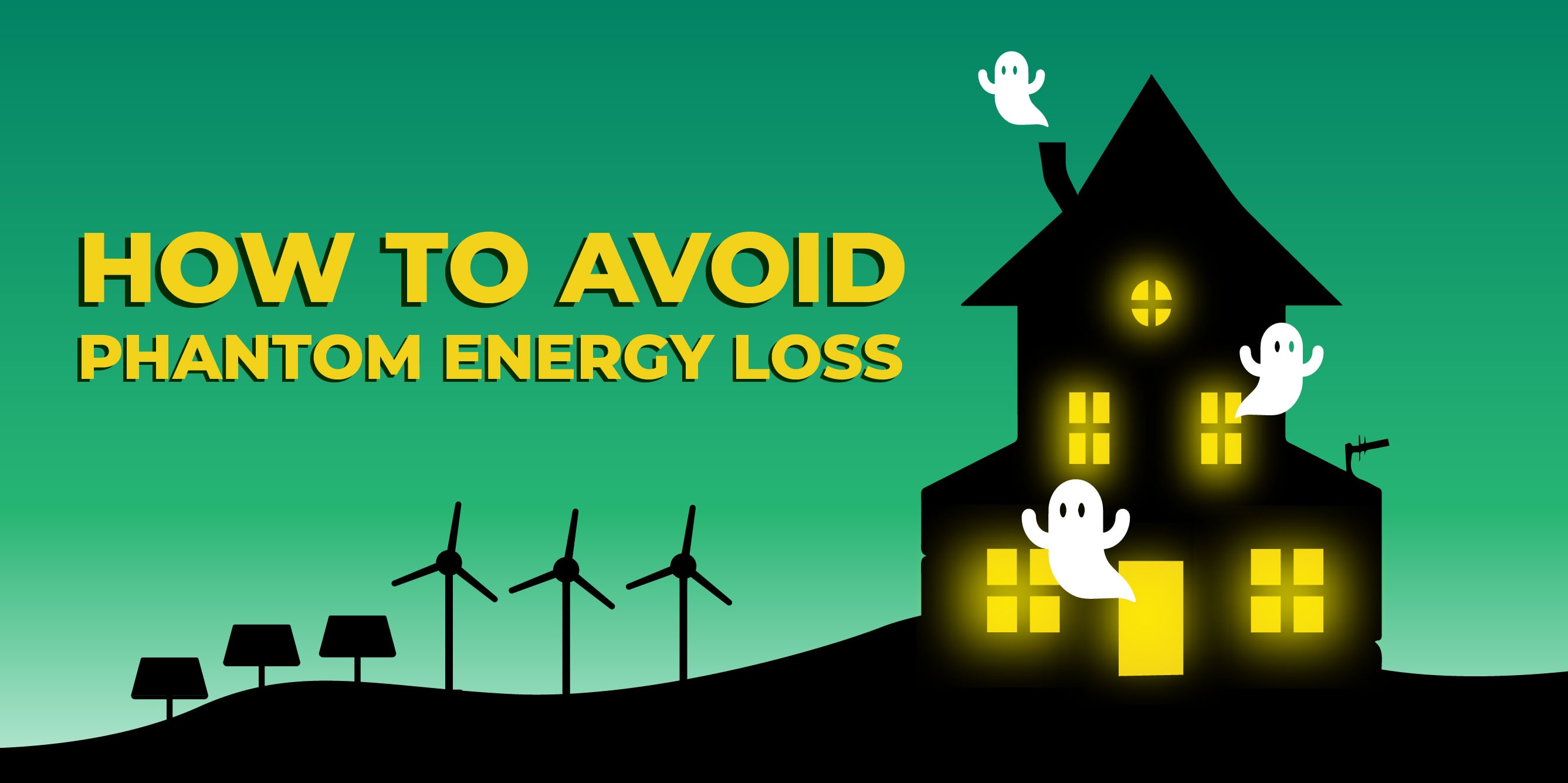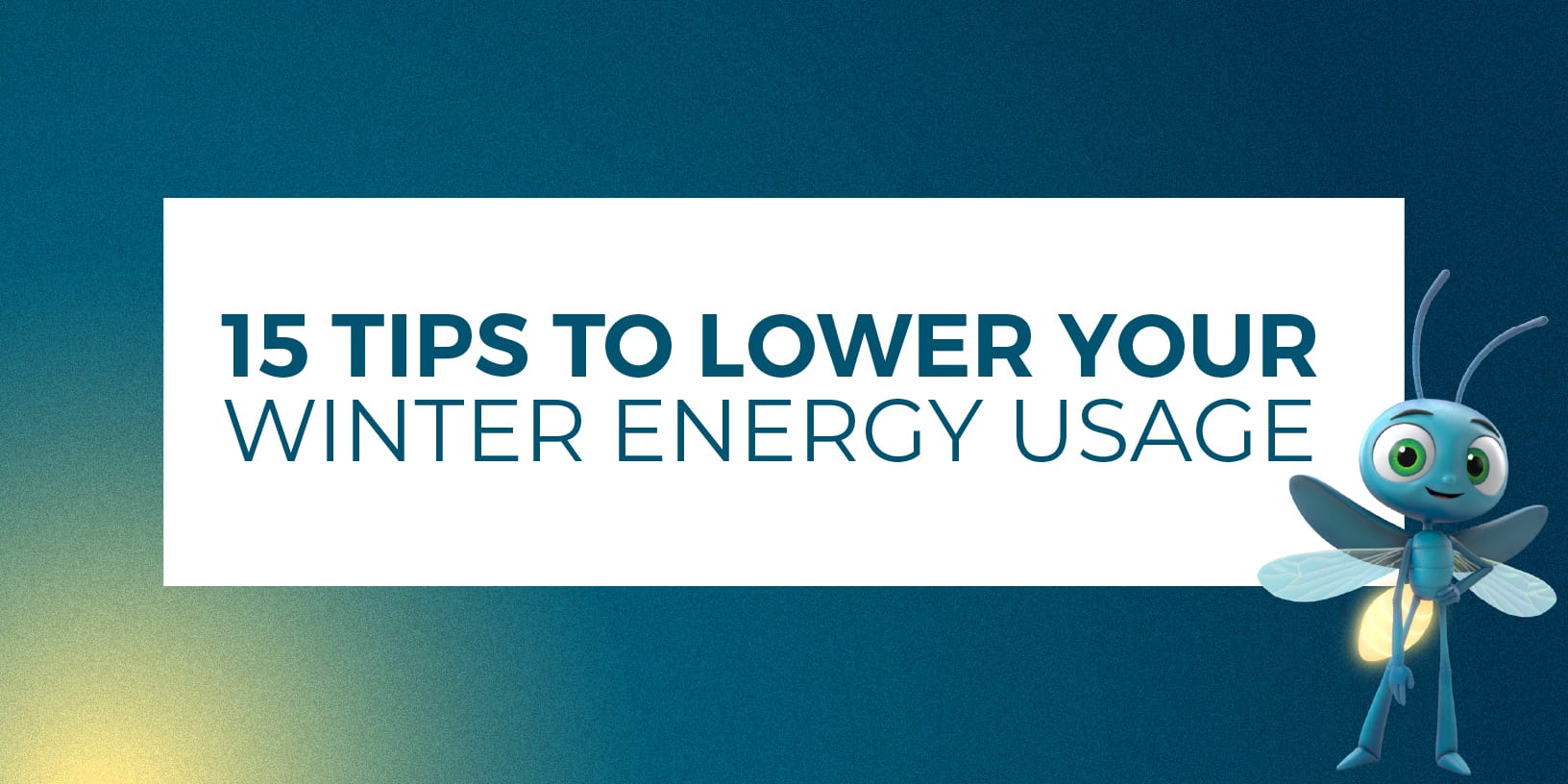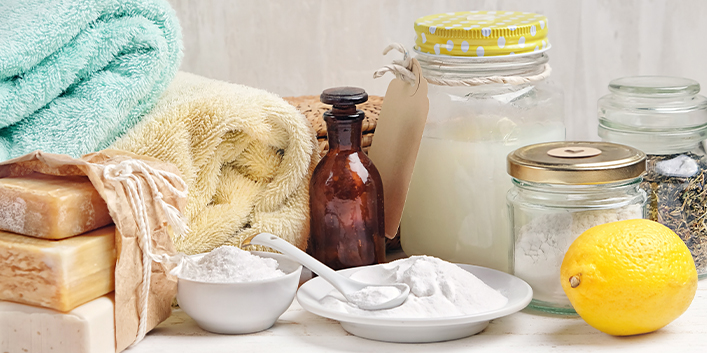Green Mountain Energy® Blog
Head-to-Head Energy Usage Comparison — Kitchen Edition
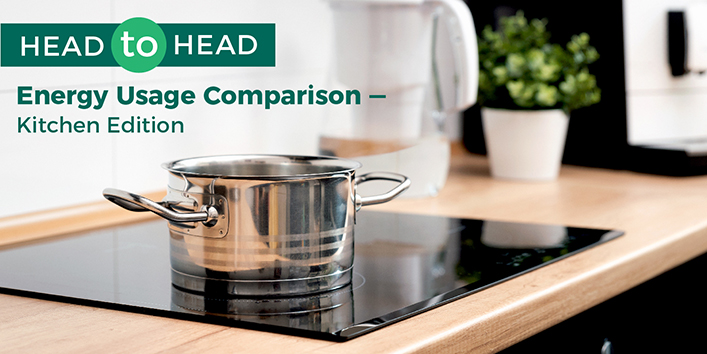


As the weather cools off, many people find their holiday cooking plans already taking shape. This year, why not help out the planet while you cook up all that deliciousness? All it takes is knowing which appliances use the least amount of energy, and then utilizing those whenever possible.
To make things easy, we’re doing a head-to-head comparison of kitchen appliances to determine the greenest options in your kitchen.
As a quick refresher, electricity is measured in units of energy called watts, which is the amount of power an appliance uses when operated at its maximum capacity for 1 hour. Every appliance has a wattage, and since appliances vary based on age, size, model and other factors, the figures below reflect approximate average wattages.


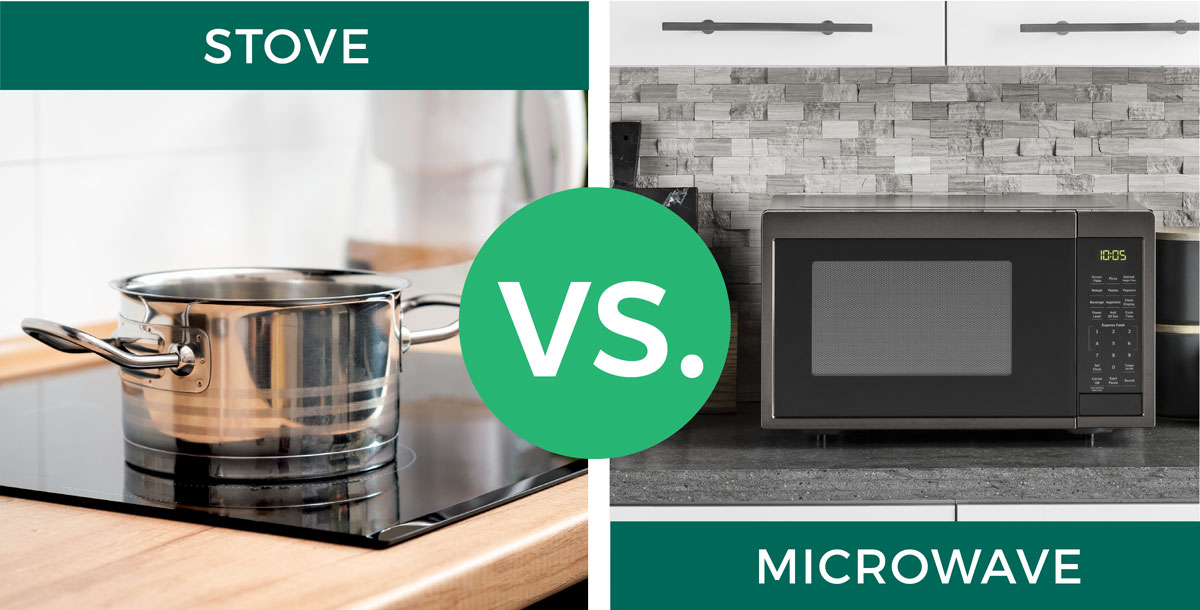
The competitors: It’s the kitchen workhorse against the underdog. The stovetop typically sees heavy usage over the holidays when family and friends gather, but at around 1000 watts for a small burner and 3000 watts for a large burner, it’s not so eco-friendly. The microwave comes in at an average of 1000 watts, making it the clear champ (not to mention the faster option in most cases).
The winner: MICROWAVE
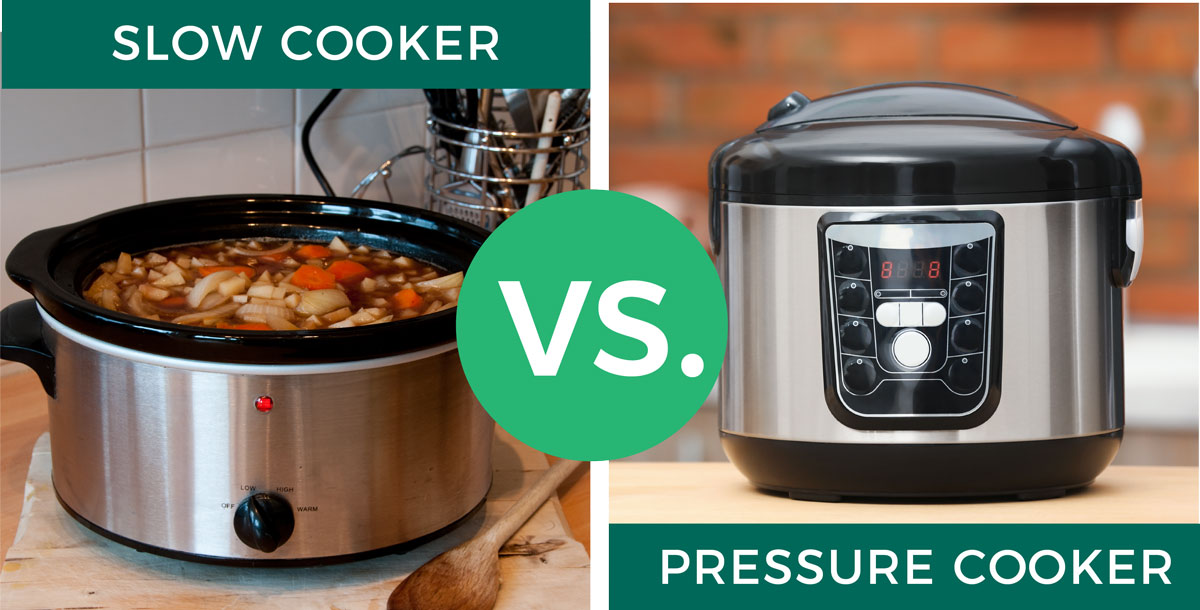


The competitors: Ah, a busy cook’s best friend — the set-it-and-forget-it appliances. The re-emergence in popularity of pressure cookers may have overshadowed the tried-and-true slow-cooker recently, but which one comes out ahead?
A 6-quart pressure cooker uses about 1000 watts, while the 8-quart model uses 1200 watts. A similarly sized slow cooker ranges from 70 to 250 watts, depending on whether it’s used on low or high. That’s quite a difference, on the surface. But remember: a Crock-Pot meal takes 4 to 8 hours to cook, while pressure cookers can make the same meal in a fraction of the time. In this matchup, it’s just too close to call. They’re both extremely energy efficient, so take your pick!
The winner: IT’S A DRAW
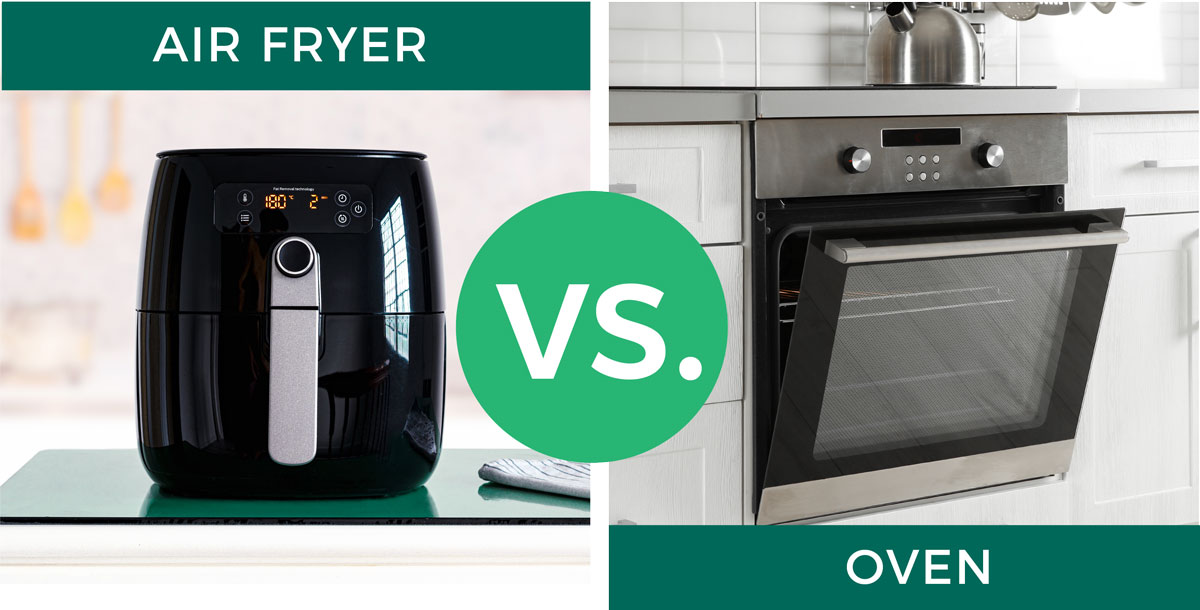


The competitors: The air fryer has become a healthy-eating must-have appliance in recent years, as a convenient way to cook without using much oil. Holiday foods traditionally made in the oven can also be made in an air fryer — everything from pumpkin pies to chicken thighs. Ranging from 1400 to 1800 watts, the air fryer comes in far more energy efficient than an oven’s 2500 to 5000 watts. Knockout!
The winner: AIR FRYER with the KO
It’s official: microwaves, slow-cookers, pressure cookers and air fryers all offer energy-efficient cooking options. Can you adapt any of your go-to holiday recipes to these appliances, instead of using the oven or stove? Though the differences may seem small, every kWh conserved helps the environment — and can also help lower your electricity bill.
Calculating your savings
If you want to know how much you spend running each appliance, you just have to do a little math.
First, find how many kWh your appliance uses each day:
kWh per day = (Appliance wattage x hours used daily) ÷ 1,000
Then, multiply that amount by your kWh electricity rate to find your daily operating cost for that appliance. (Multiply that total by 365 to get a yearly operating cost, and you can see how small decreases in energy usage throughout the kitchen can start to add up.)
More ways to go green with holiday cooking
In addition to using energy-efficient appliances, follow these kitchen eco-tips to cut your electricity usage and help the planet:
- Invest in ENERGY STAR®-certified appliances.
- Use the air-dry option when you run the dishwasher.
- Avoid using the self-cleaning function on your oven.
- Use the stovetop burner that best matches the size of your pot or pan.
Check out more energy-saving tips to get your carbon footprint closer to zero.
Find a renewable energy plan that helps your home go green.
Enter your ZIP code to get started.
Our customers have avoided
pounds of CO2
That’s like planting
new trees.
